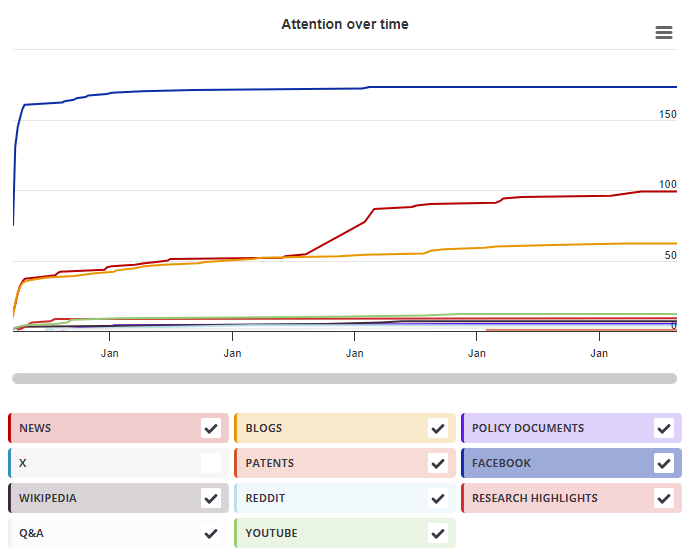| Title |
A spherical harmonics intensity model for 3D segmentation and 3D shape analysis of heterochromatin foci
|
|---|---|
| Published in |
Medical Image Analysis, March 2016
|
| DOI | 10.1016/j.media.2016.03.001 |
| Pubmed ID | |
| Authors |
Simon Eck, Stefan Wörz, Katharina Müller-Ott, Matthias Hahn, Andreas Biesdorf, Gunnar Schotta, Karsten Rippe, Karl Rohr |
| Abstract |
The genome is partitioned into regions of euchromatin and heterochromatin. The organization of heterochromatin is important for the regulation of cellular processes such as chromosome segregation and gene silencing, and their misregulation is linked to cancer and other diseases. We present a model-based approach for automatic 3D segmentation and 3D shape analysis of heterochromatin foci from 3D confocal light microscopy images. Our approach employs a novel 3D intensity model based on spherical harmonics, which analytically describes the shape and intensities of the foci. The model parameters are determined by fitting the model to the image intensities using least-squares minimization. To characterize the 3D shape of the foci, we exploit the computed spherical harmonics coefficients and determine a shape descriptor. We applied our approach to 3D synthetic image data as well as real 3D static and real 3D time-lapse microscopy images, and compared the performance with that of previous approaches. It turned out that our approach yields accurate 3D segmentation results and performs better than previous approaches. We also show that our approach can be used for quantifying 3D shape differences of heterochromatin foci. |

X Demographics
As of 1 July 2024, you may notice a temporary increase in the numbers of X profiles with Unknown location. Click here to learn more.
Geographical breakdown
| Country | Count | As % |
|---|---|---|
| Unknown | 1 | 100% |
Demographic breakdown
| Type | Count | As % |
|---|---|---|
| Members of the public | 1 | 100% |
Mendeley readers
Geographical breakdown
| Country | Count | As % |
|---|---|---|
| France | 1 | 2% |
| Unknown | 43 | 98% |
Demographic breakdown
| Readers by professional status | Count | As % |
|---|---|---|
| Student > Ph. D. Student | 18 | 41% |
| Student > Master | 7 | 16% |
| Researcher | 3 | 7% |
| Professor | 2 | 5% |
| Other | 2 | 5% |
| Other | 2 | 5% |
| Unknown | 10 | 23% |
| Readers by discipline | Count | As % |
|---|---|---|
| Computer Science | 10 | 23% |
| Engineering | 9 | 20% |
| Agricultural and Biological Sciences | 7 | 16% |
| Biochemistry, Genetics and Molecular Biology | 5 | 11% |
| Physics and Astronomy | 2 | 5% |
| Other | 2 | 5% |
| Unknown | 9 | 20% |